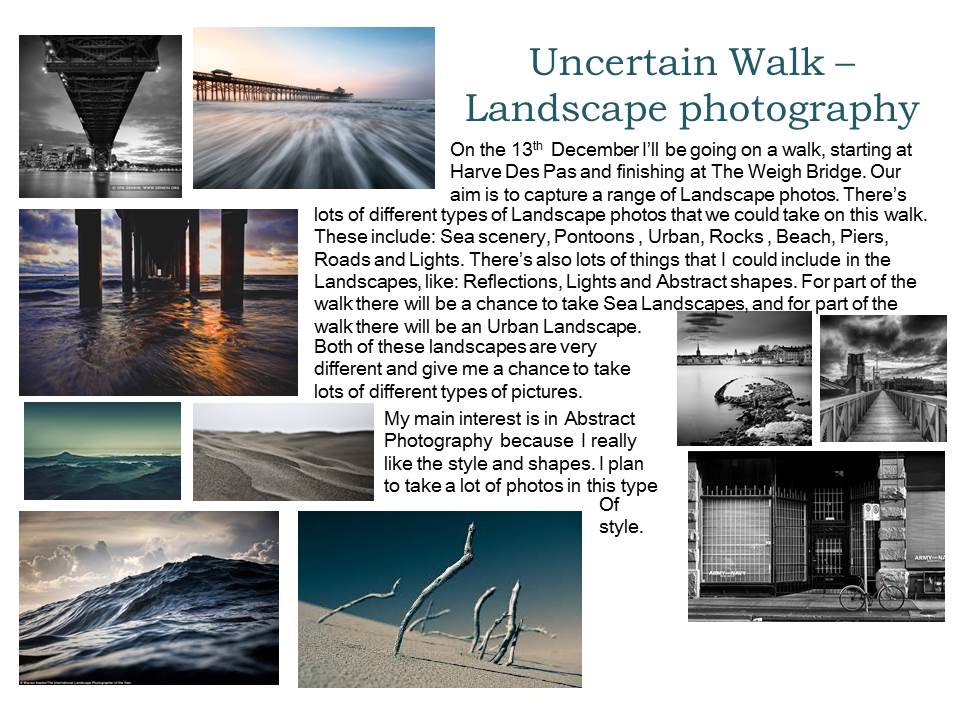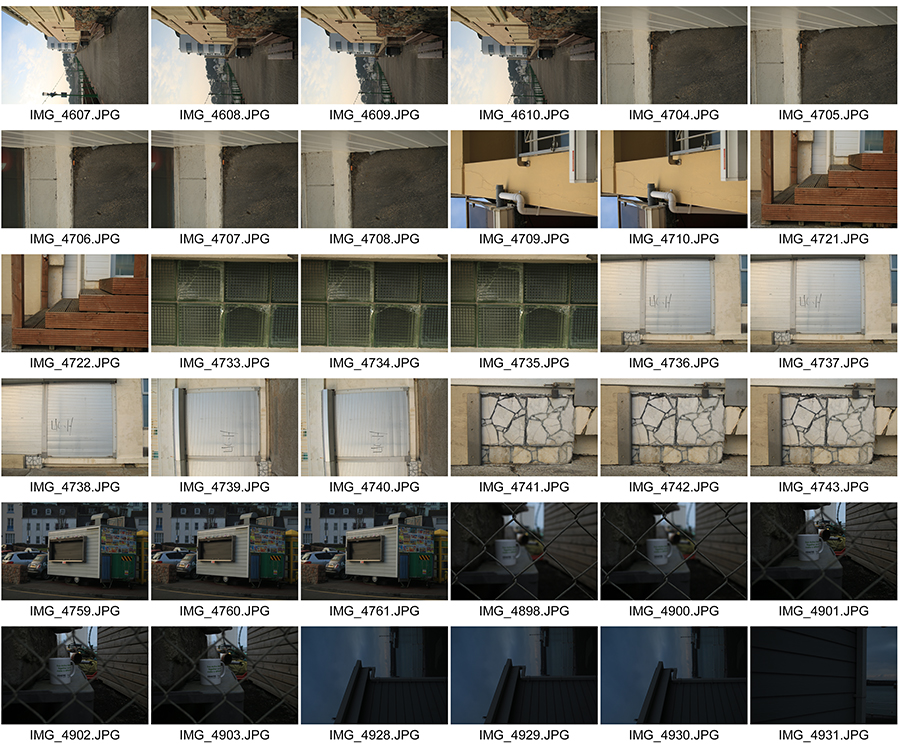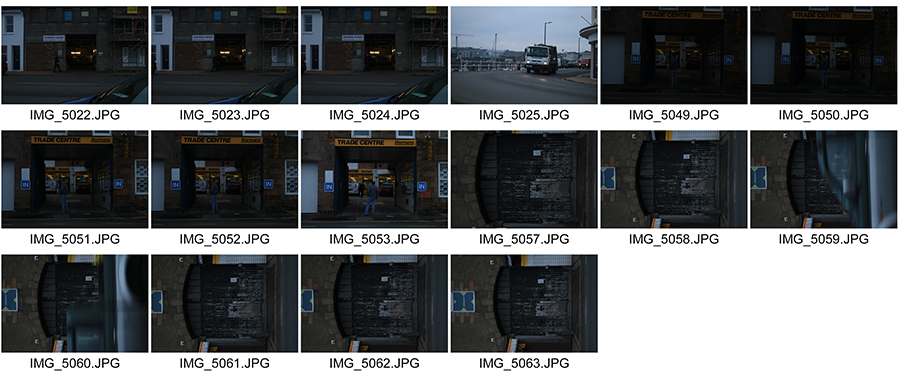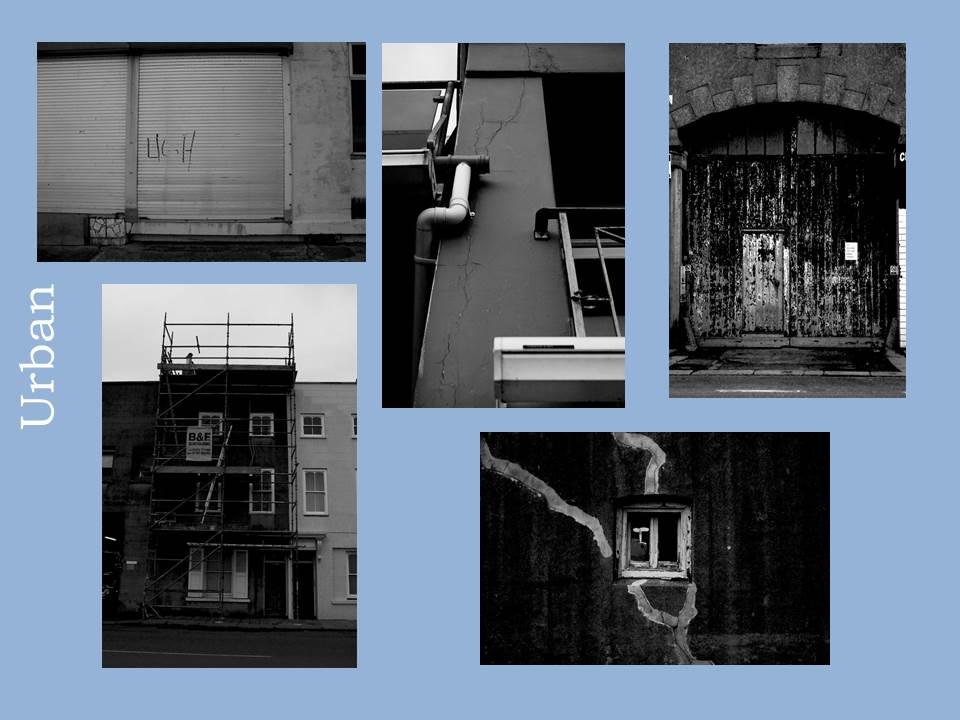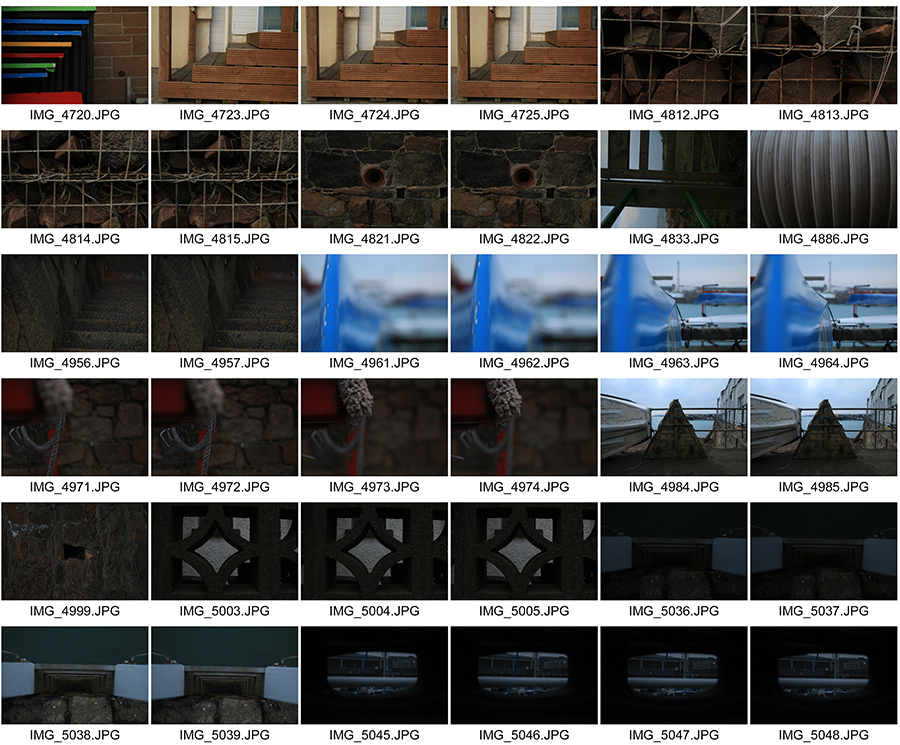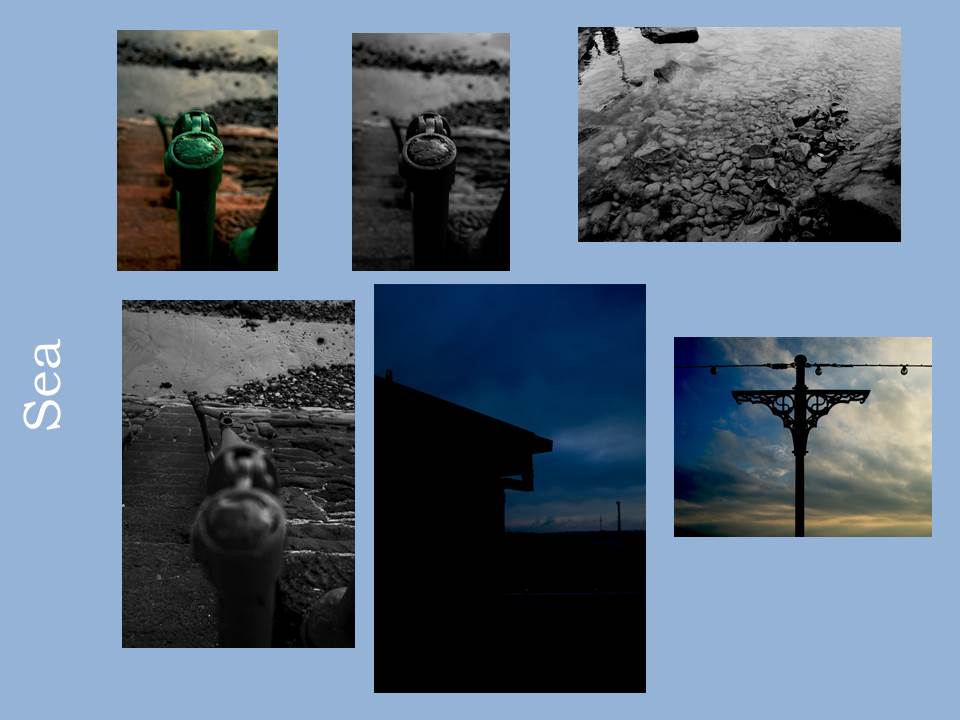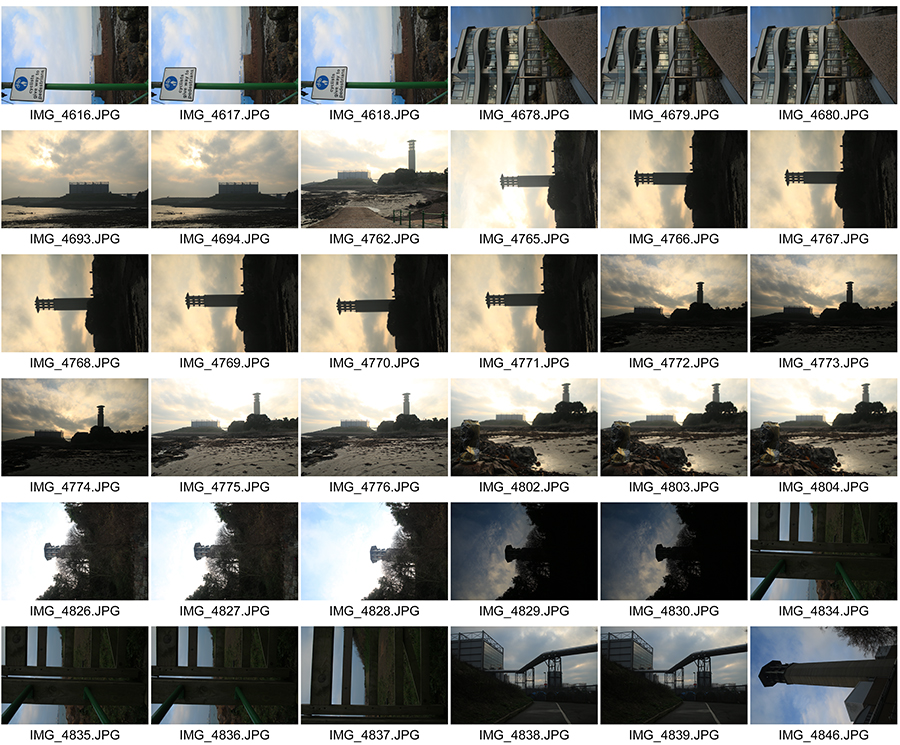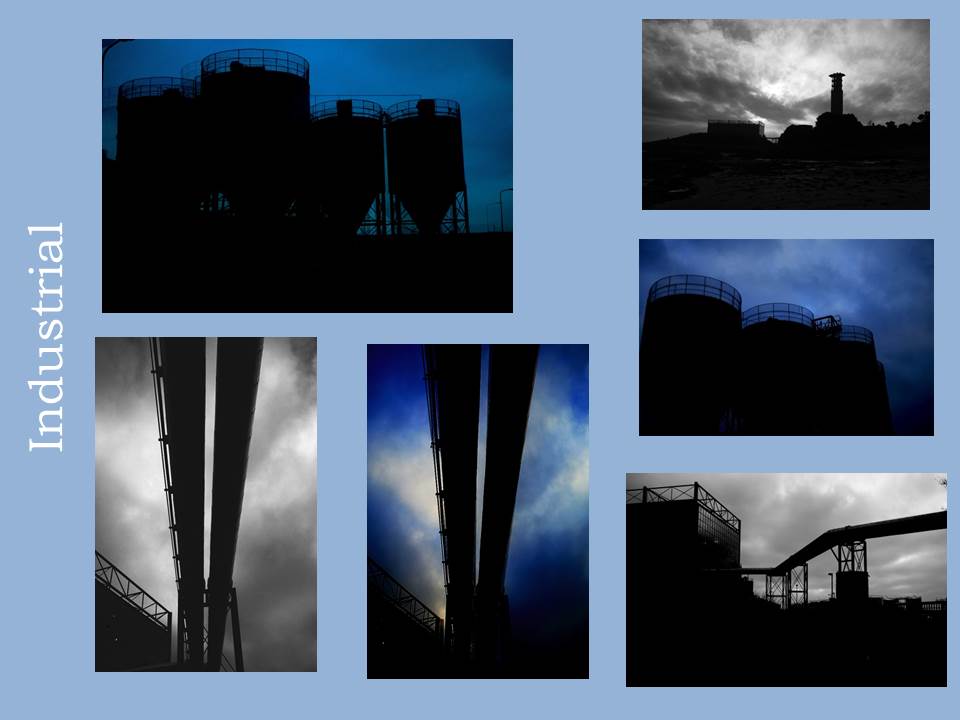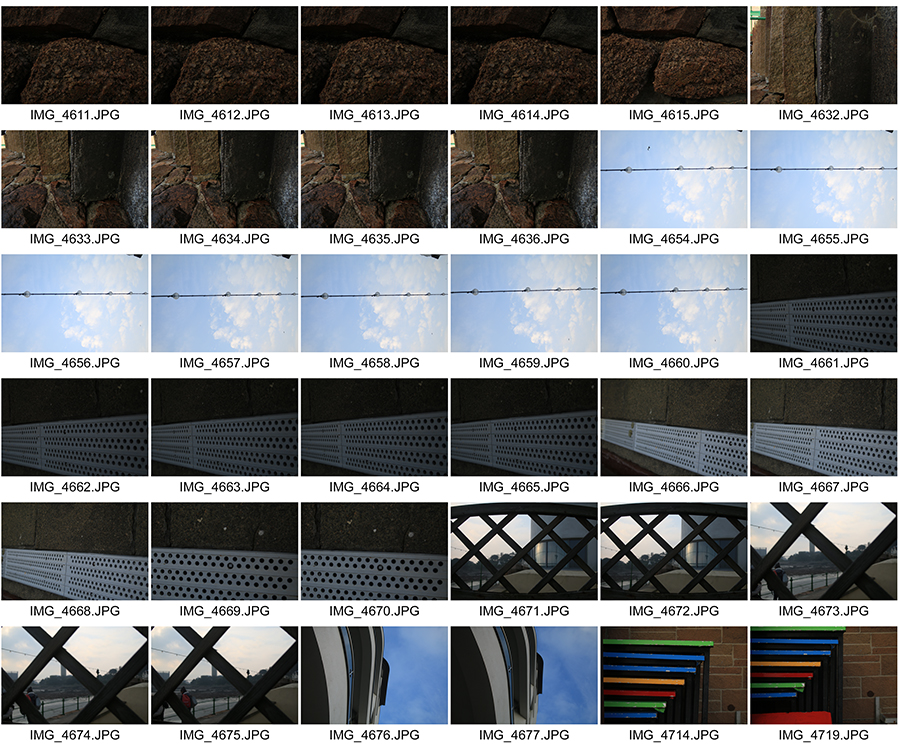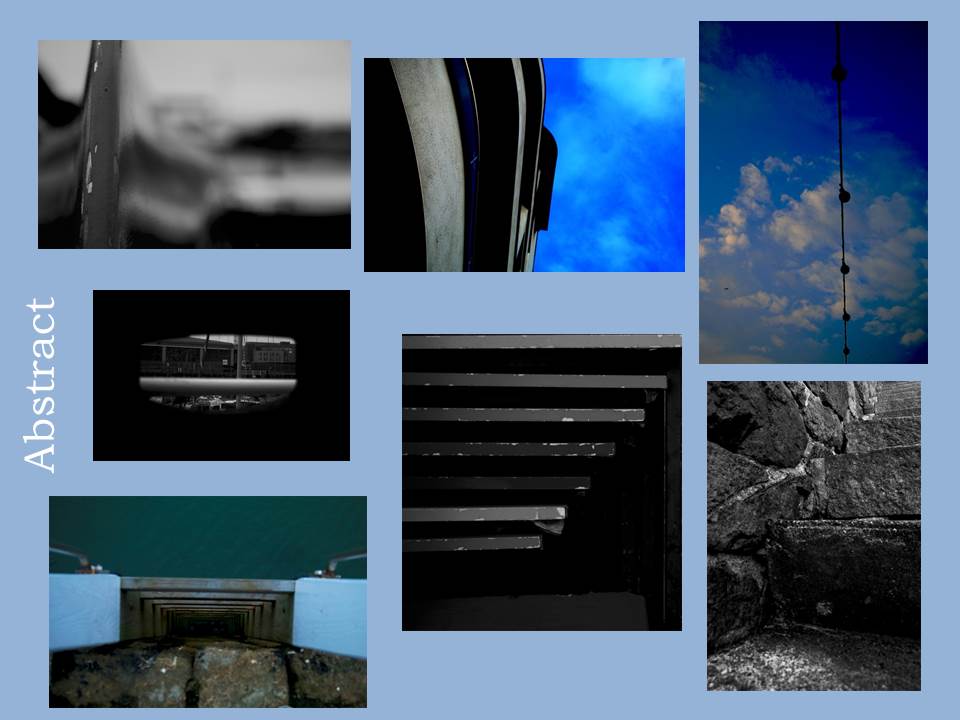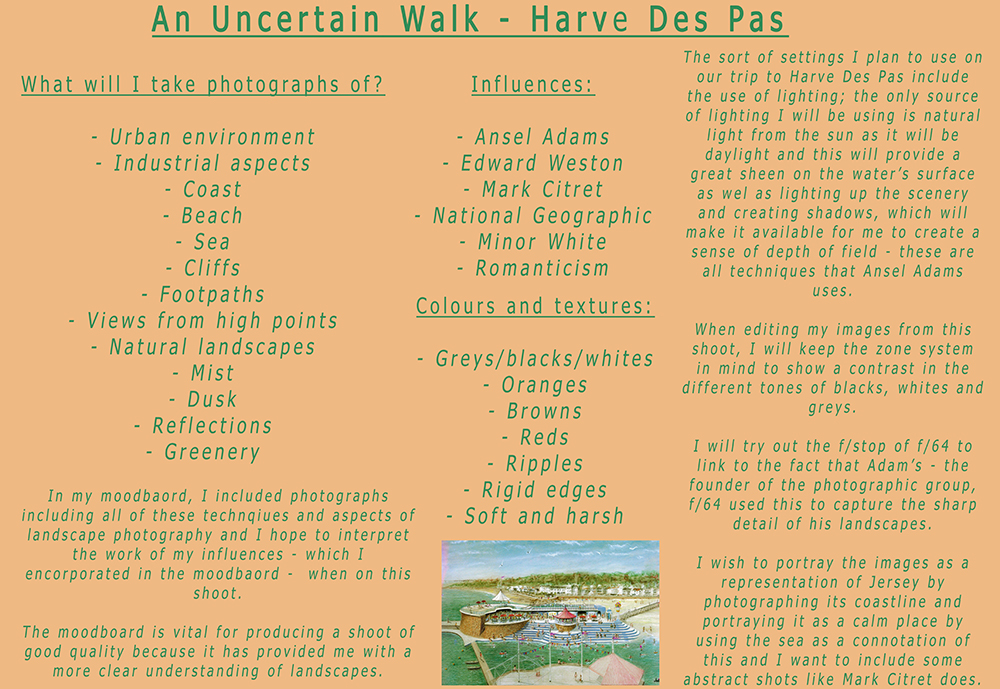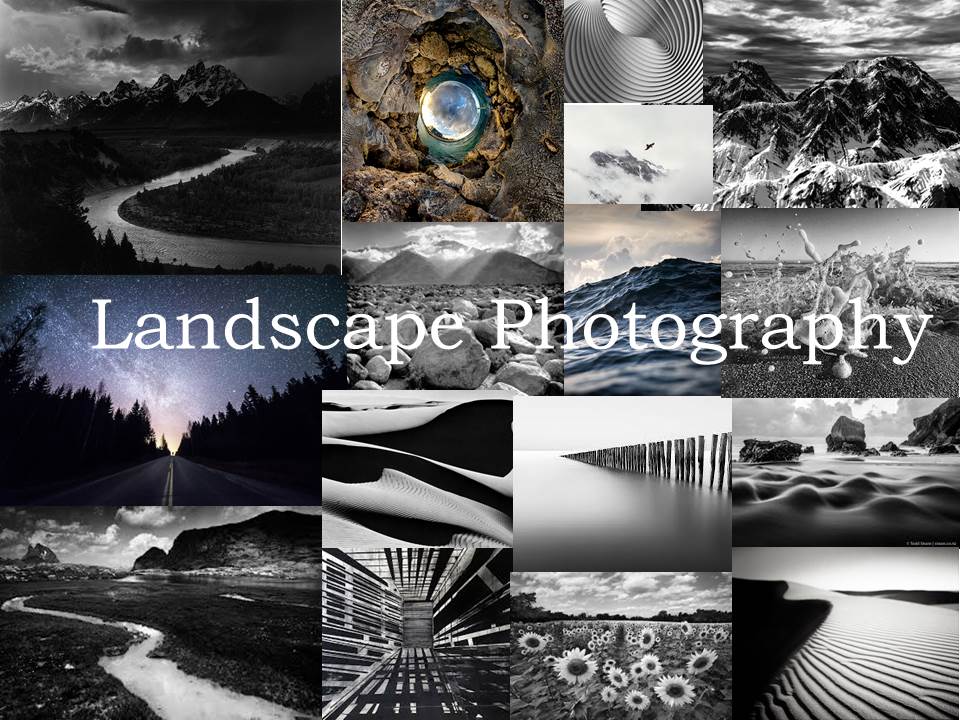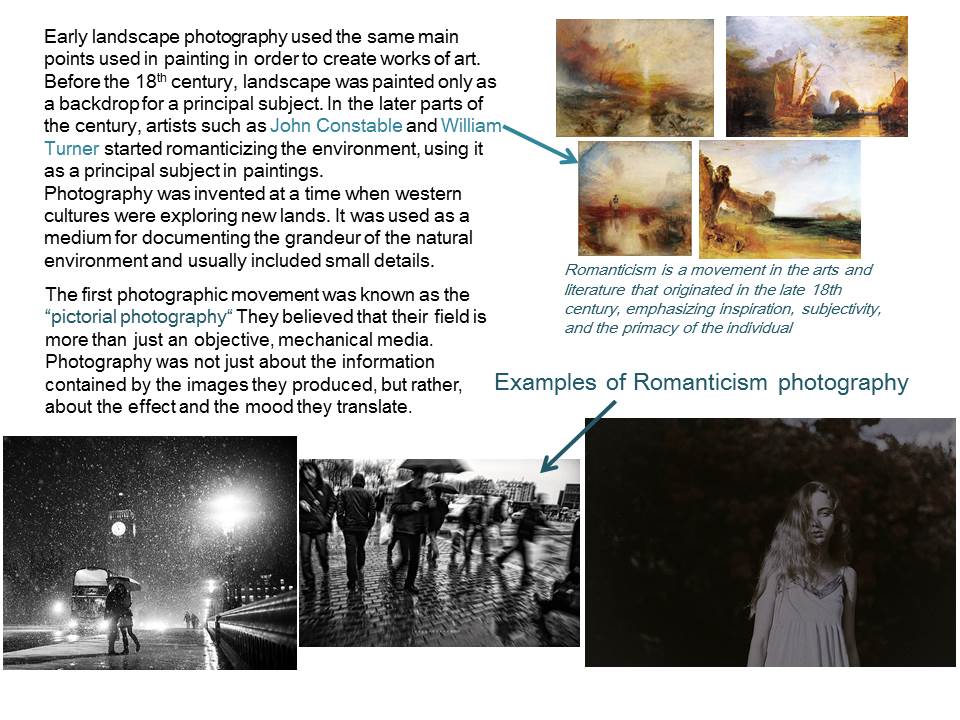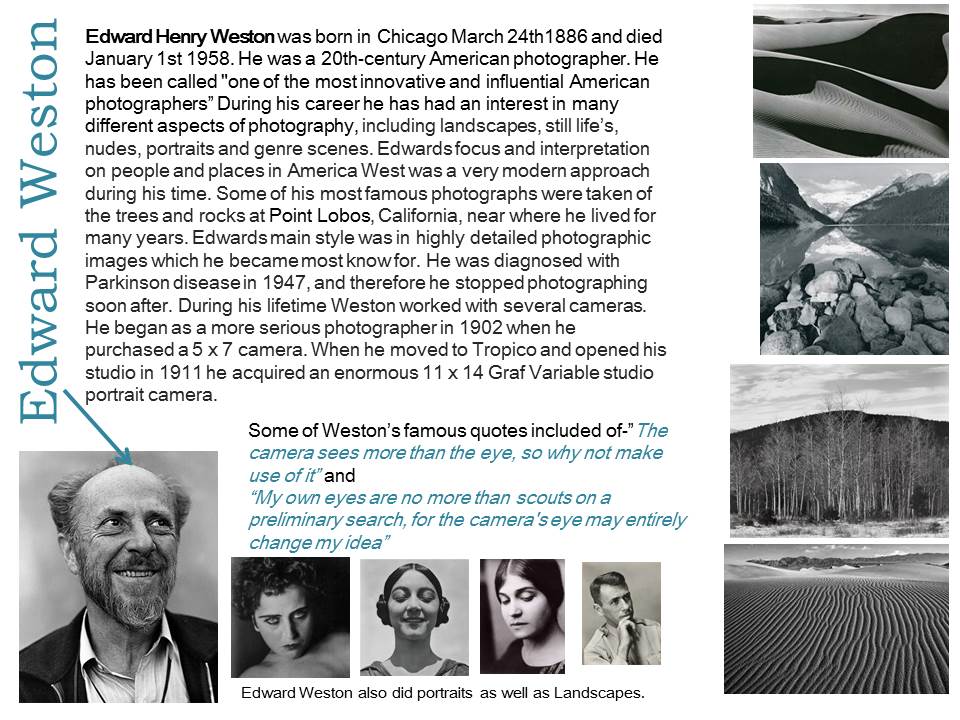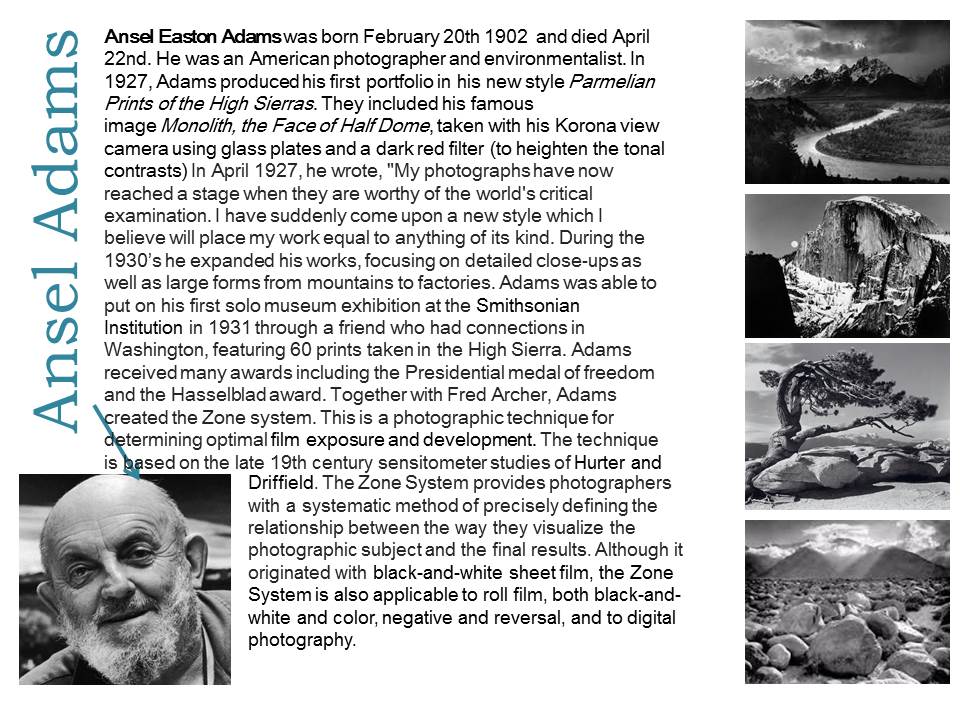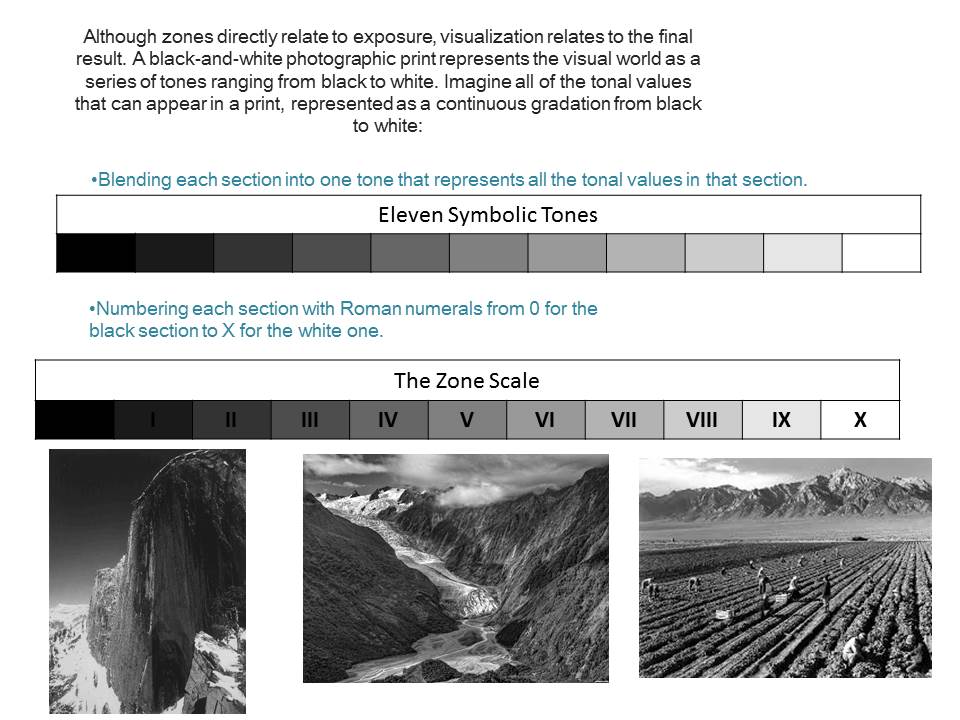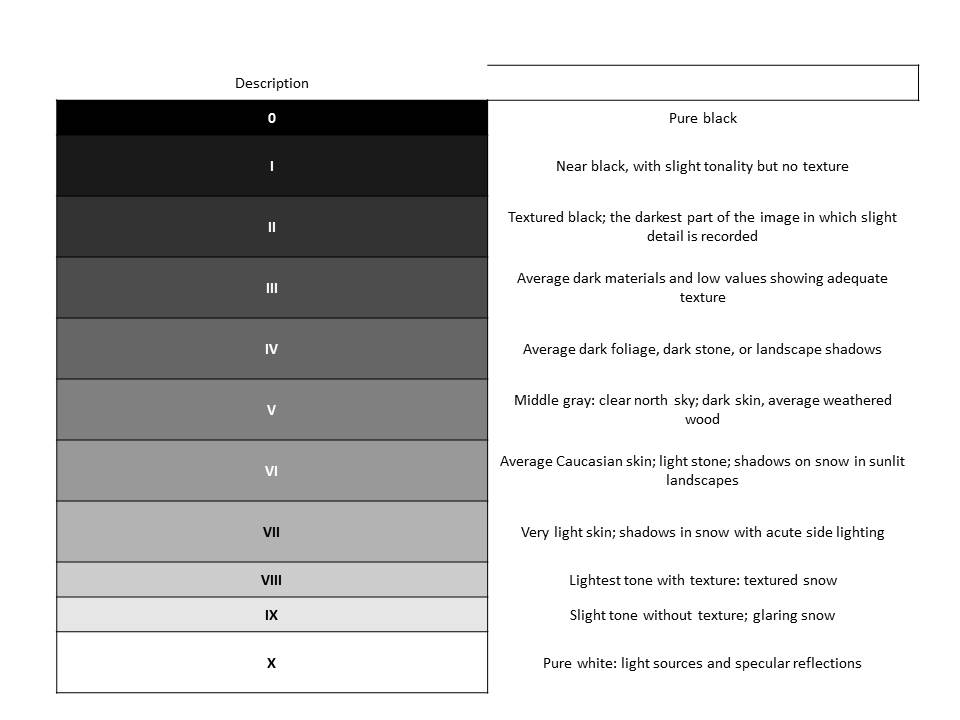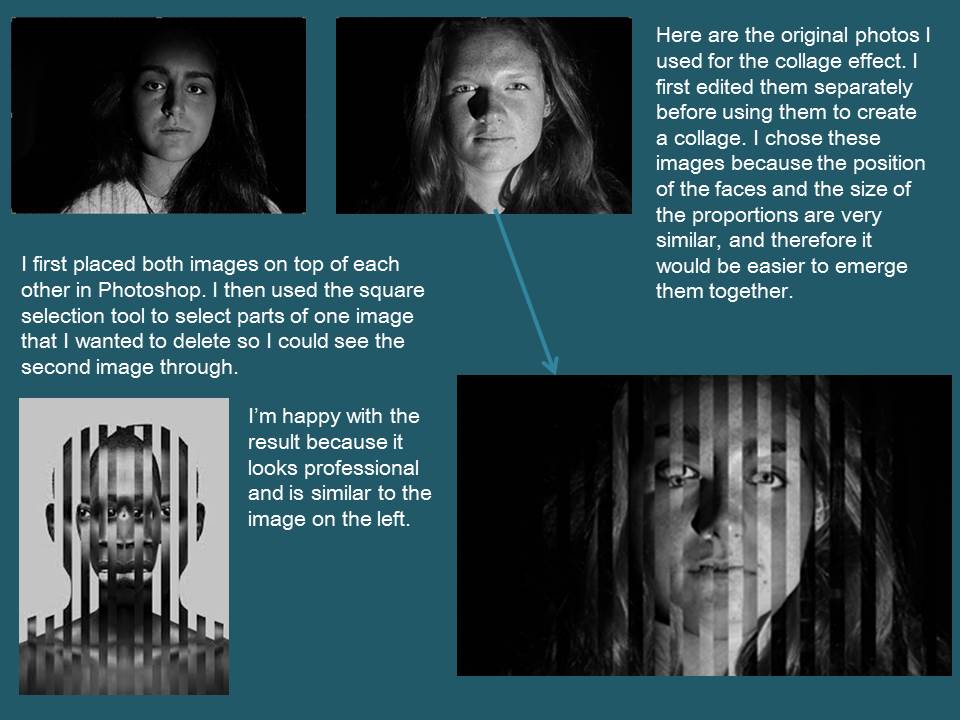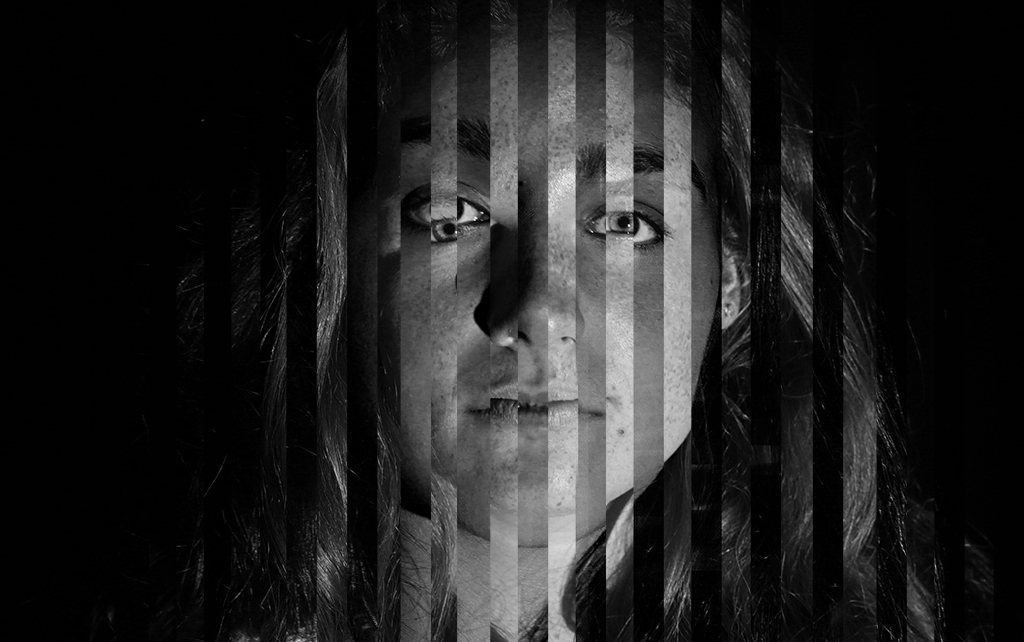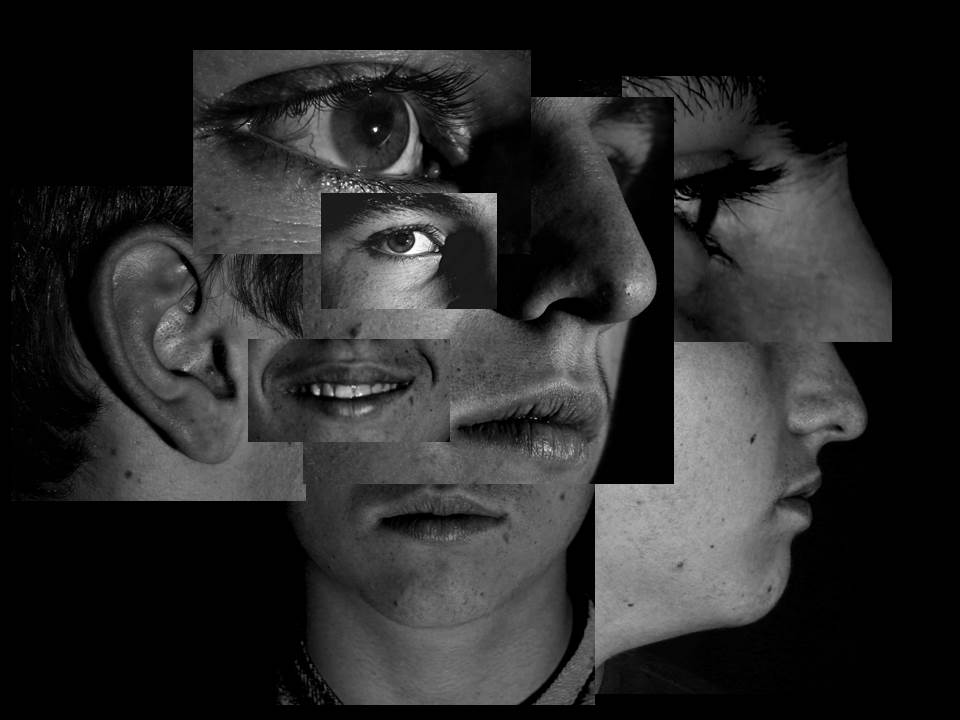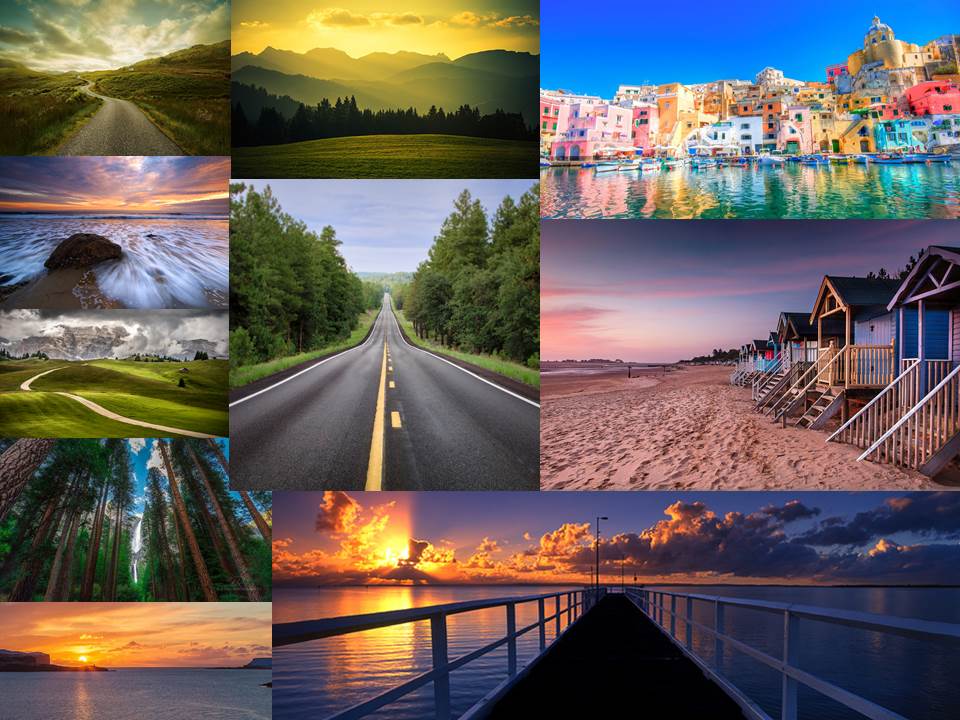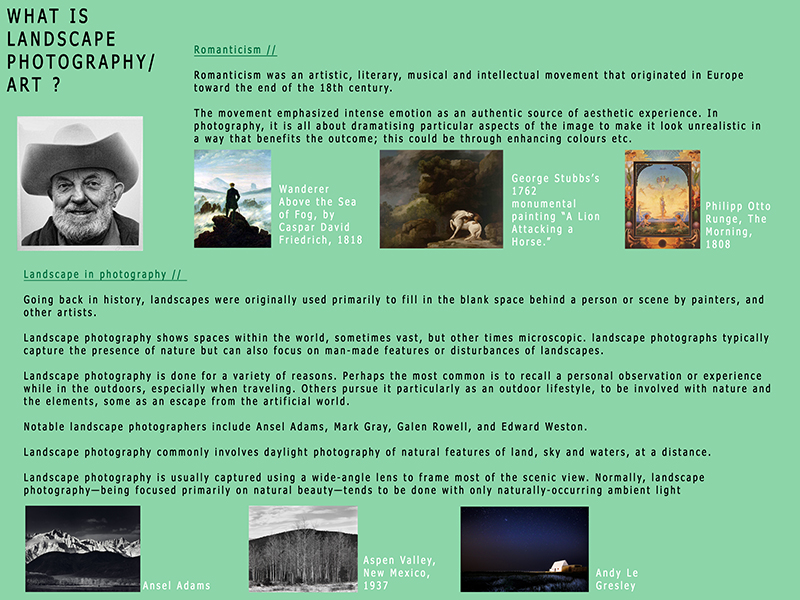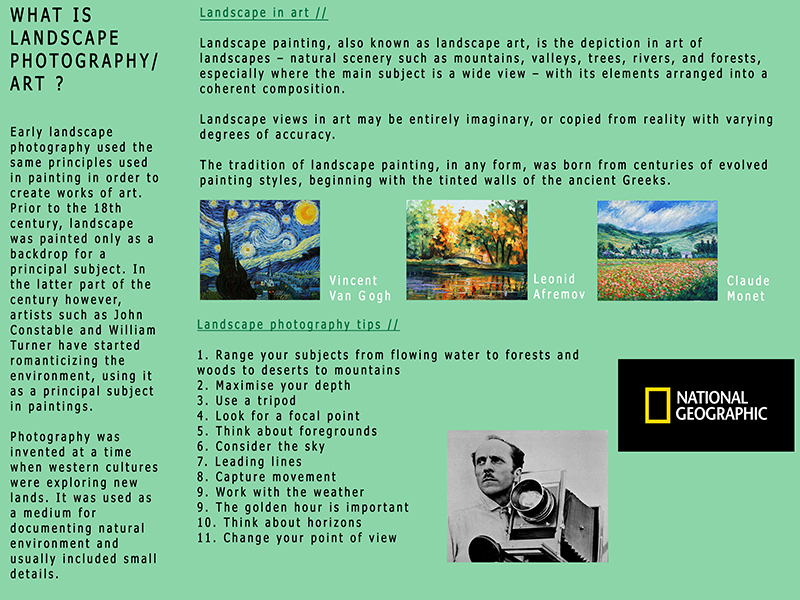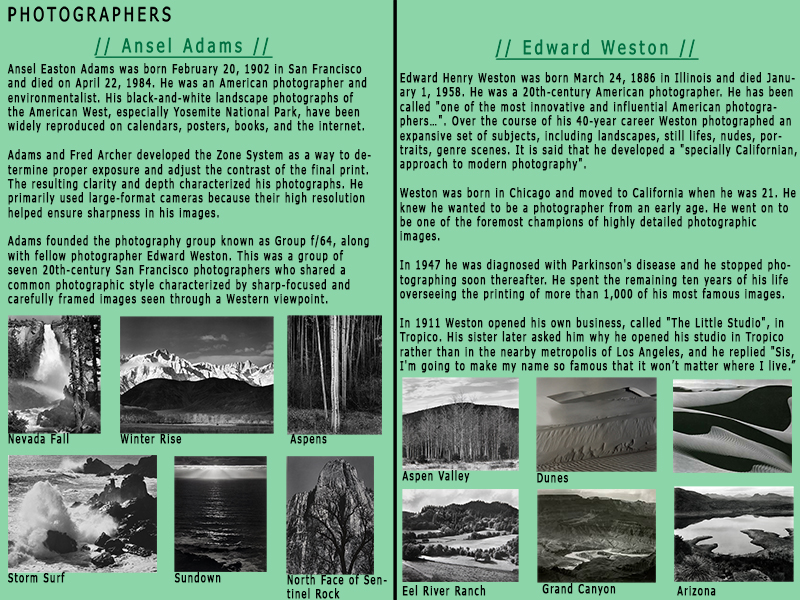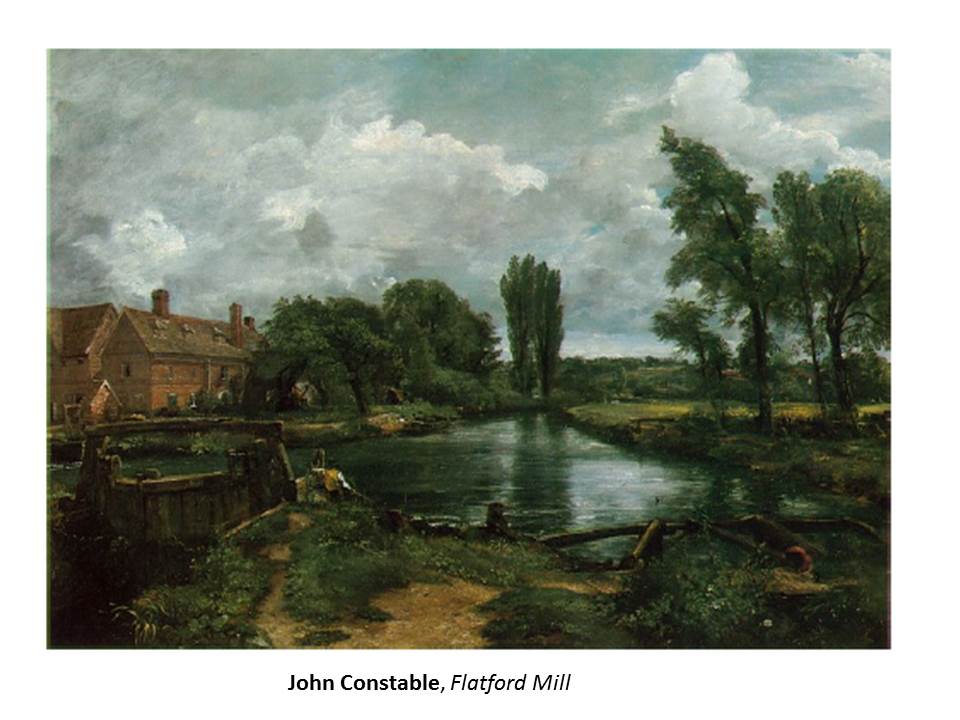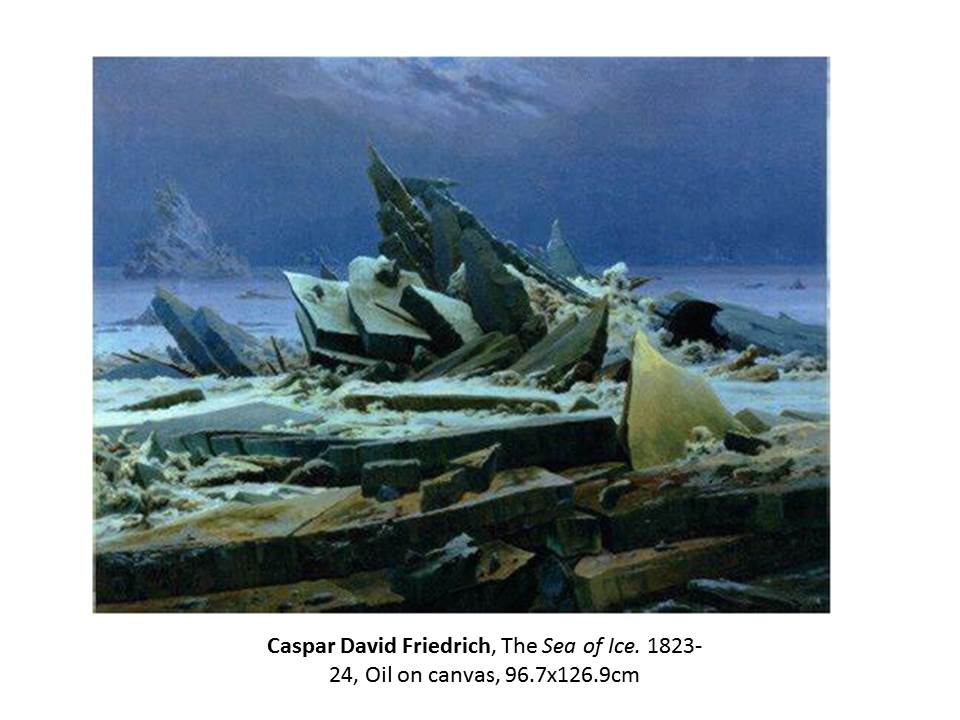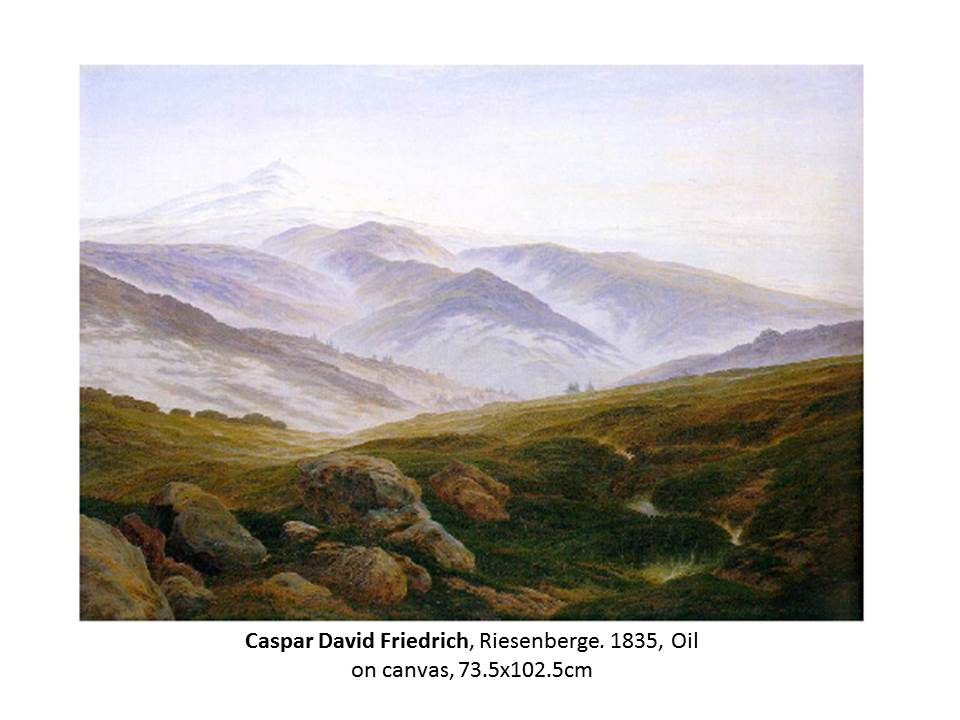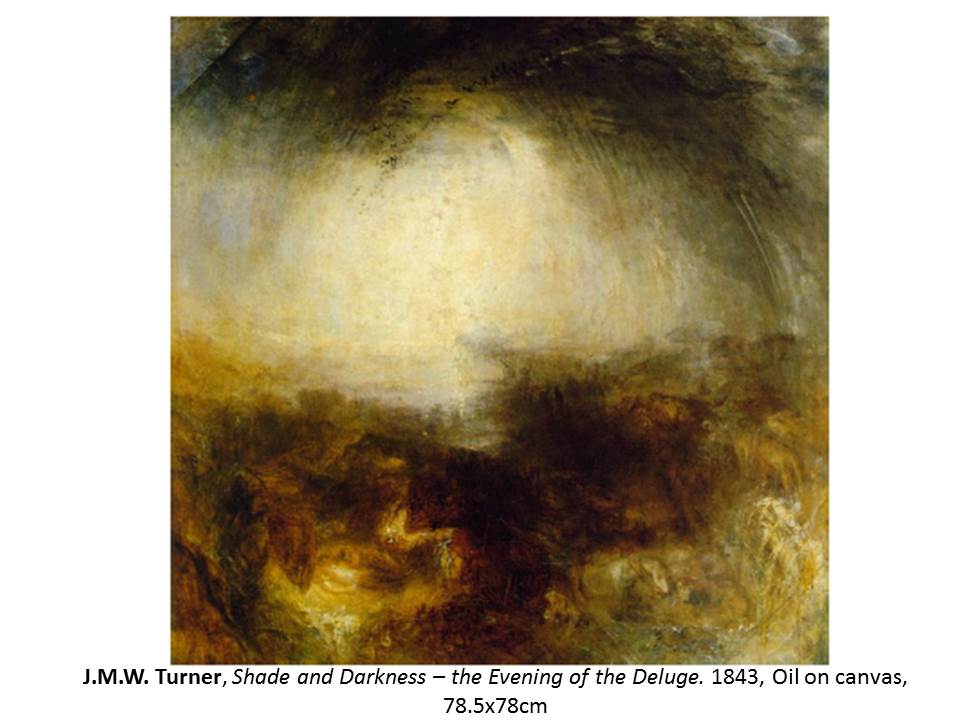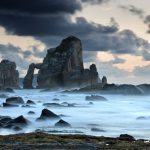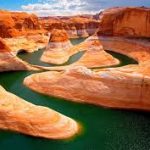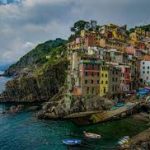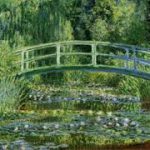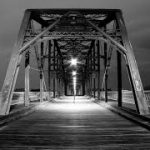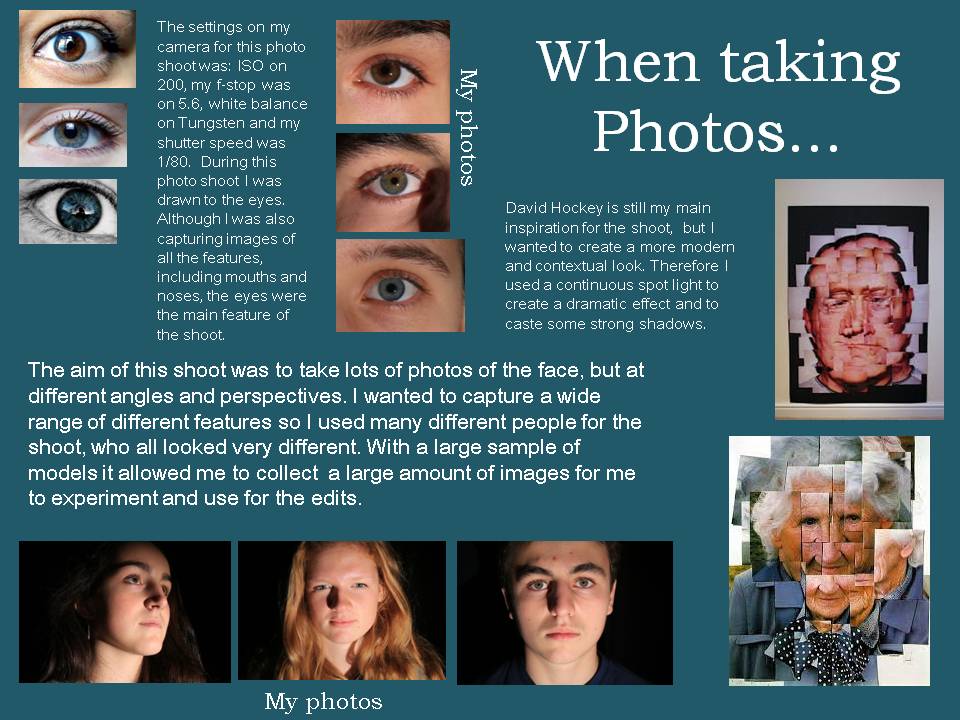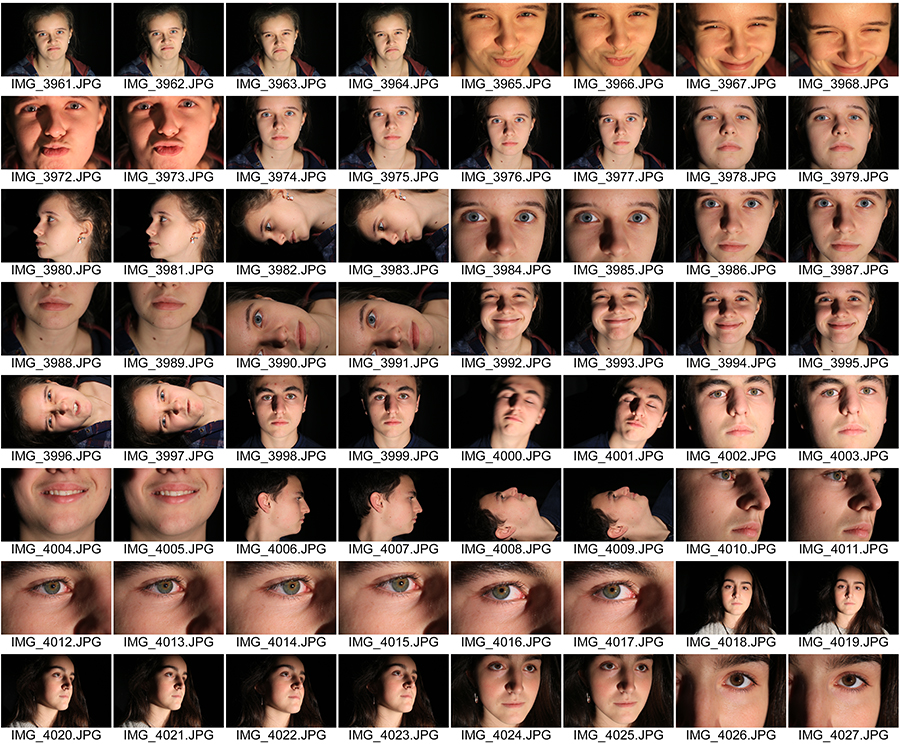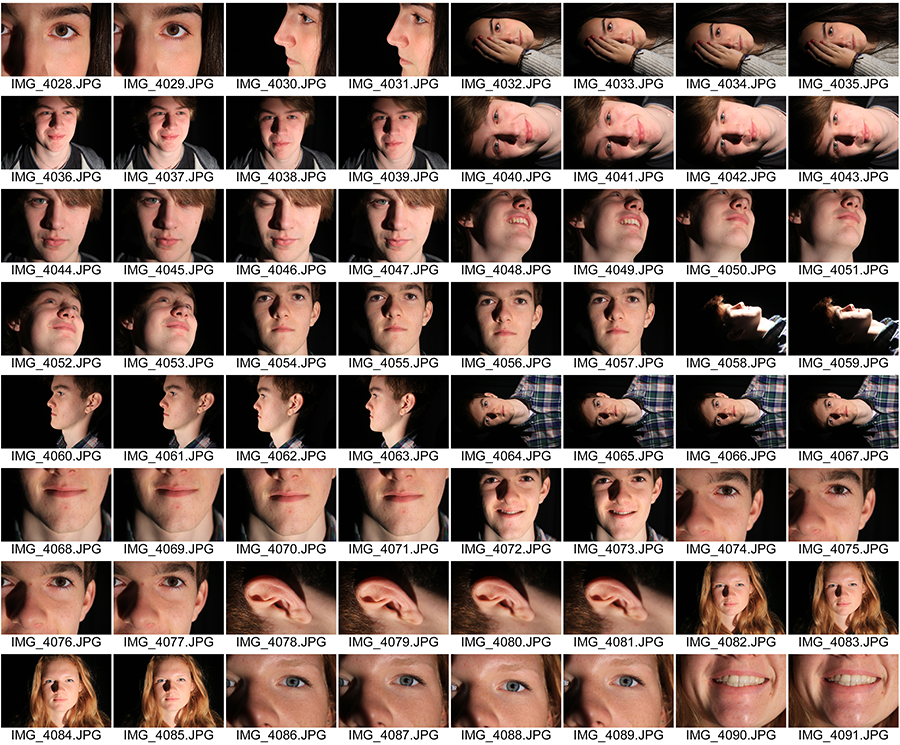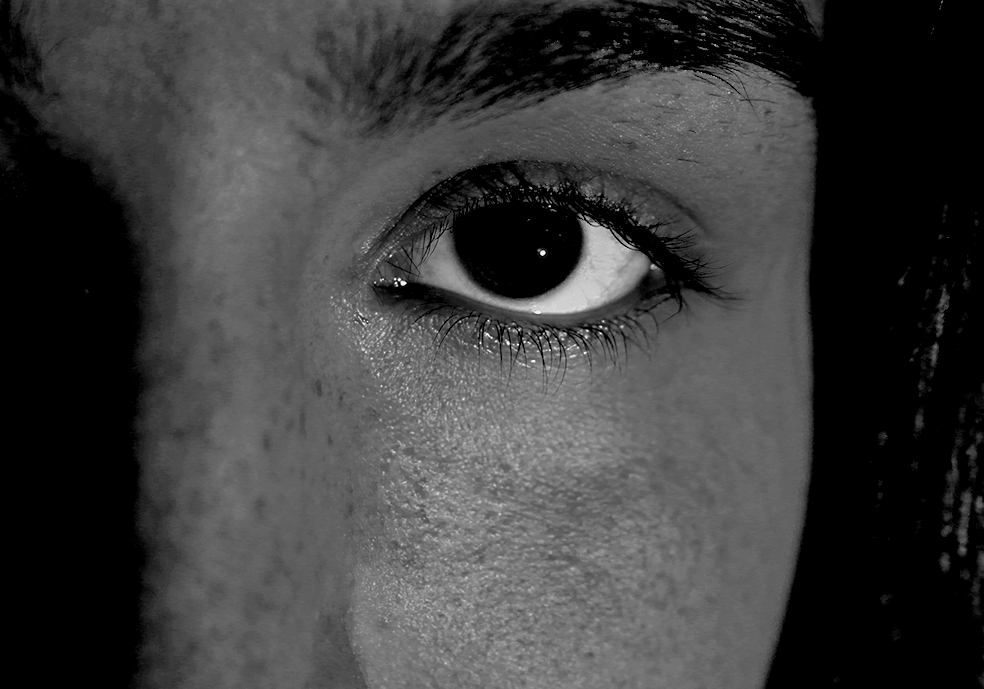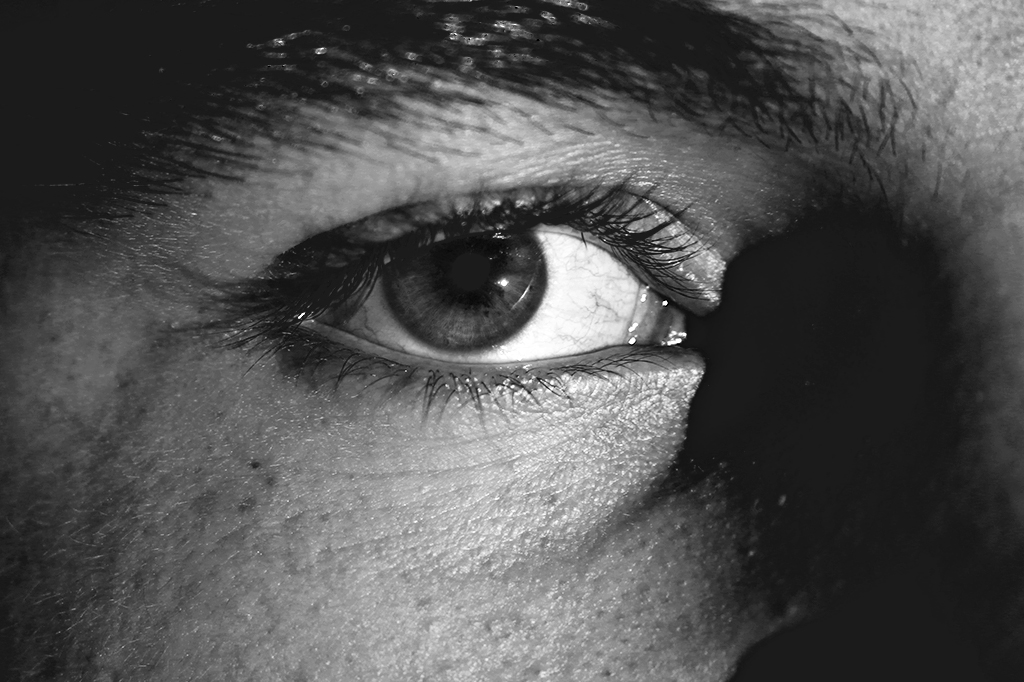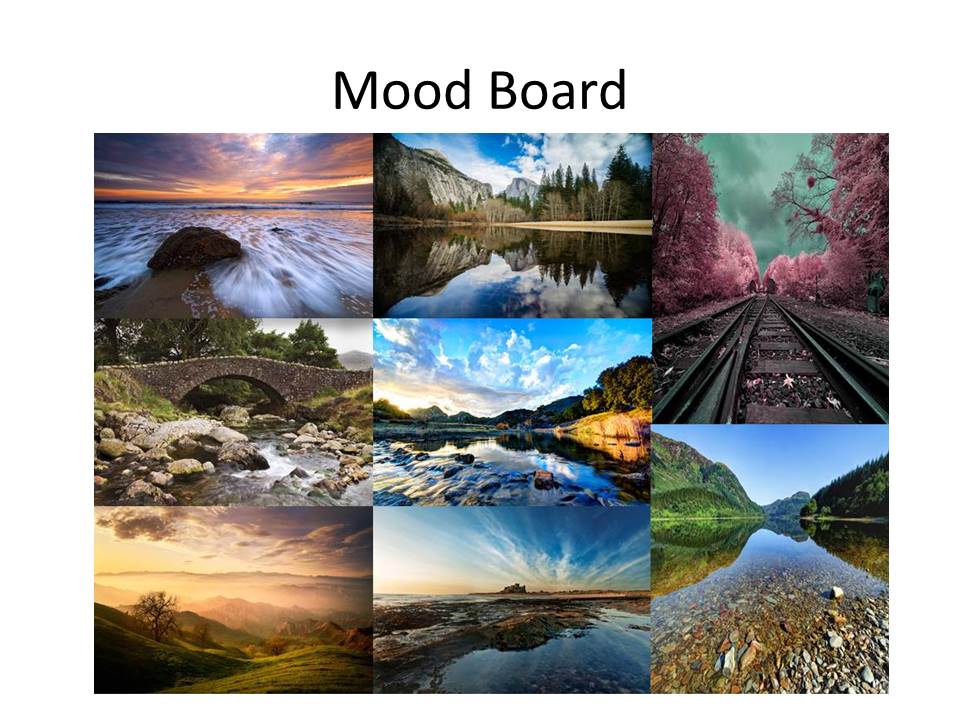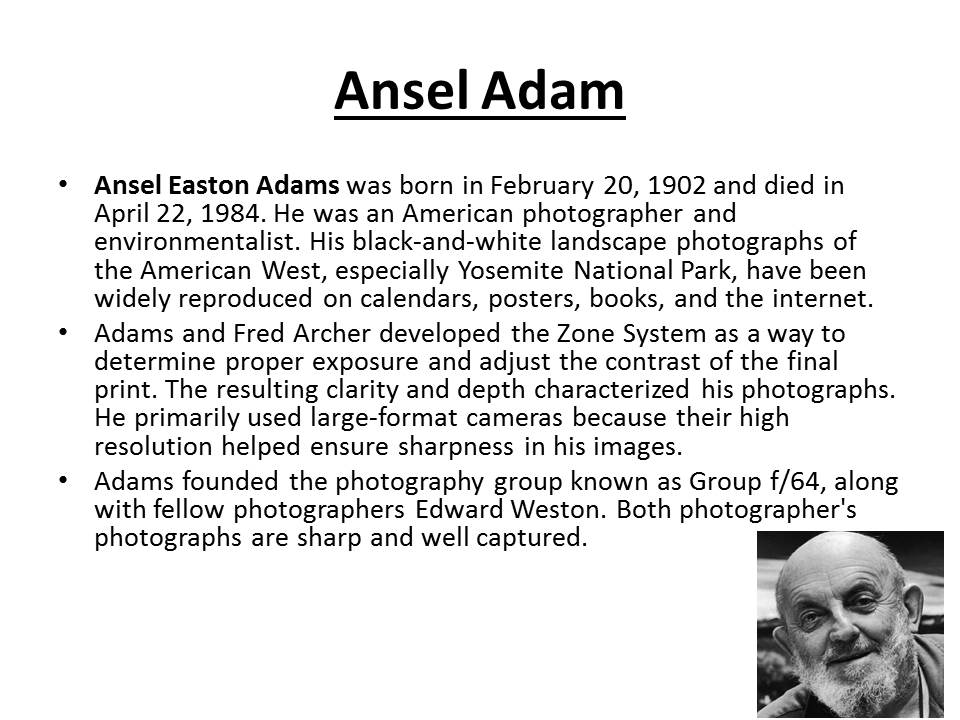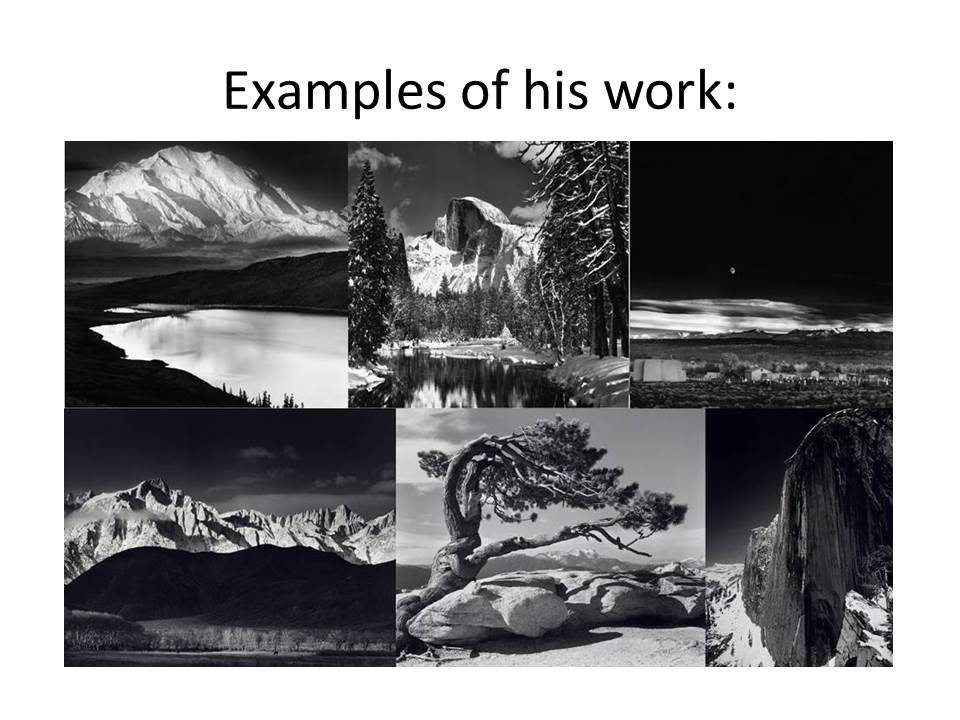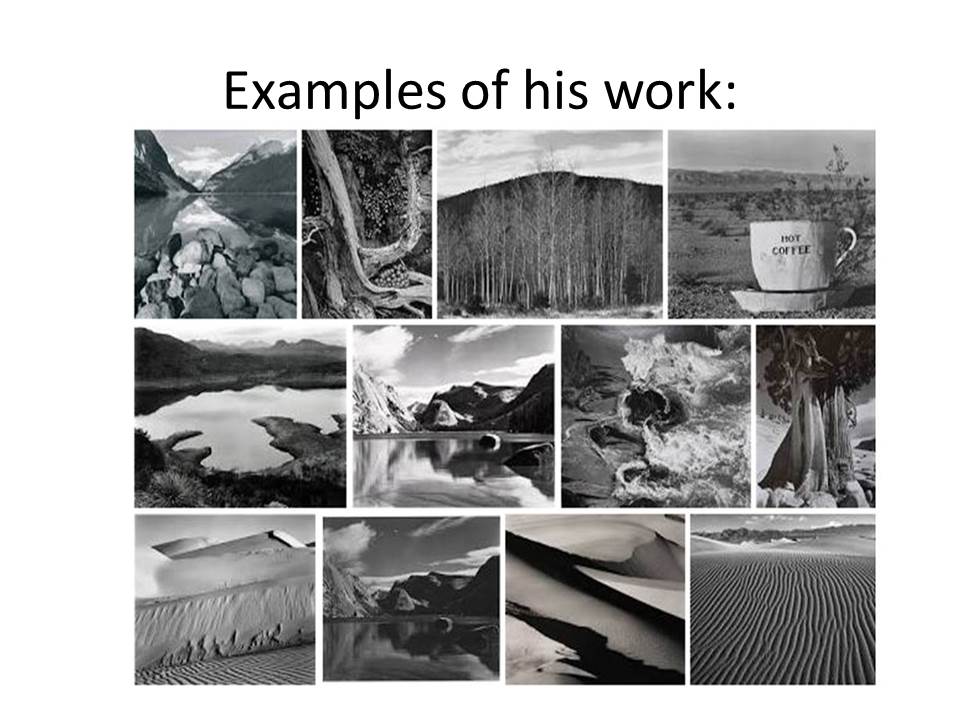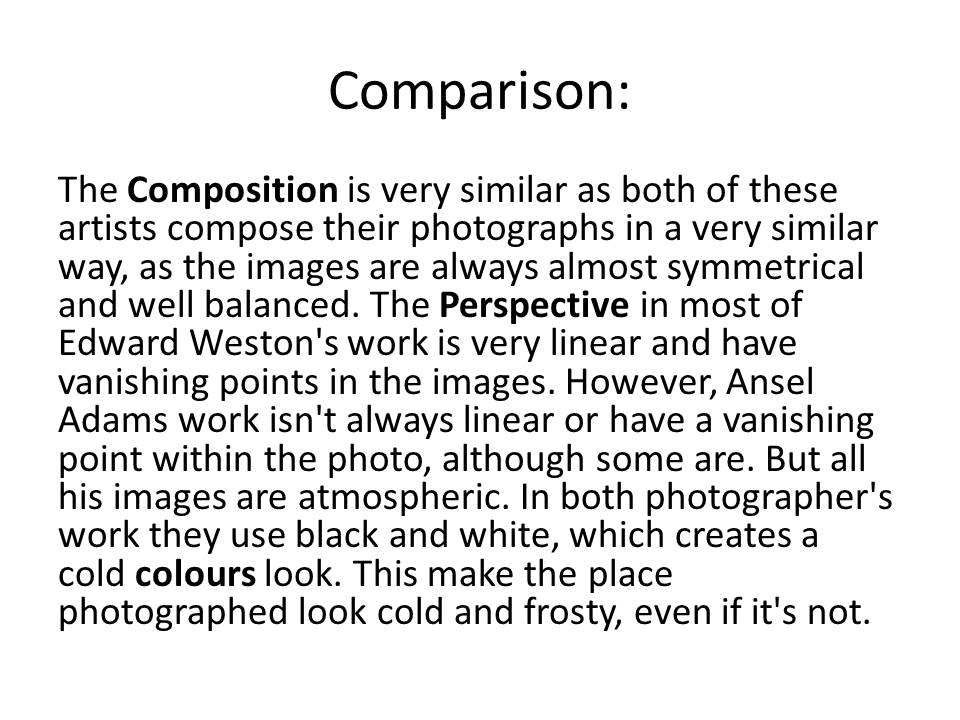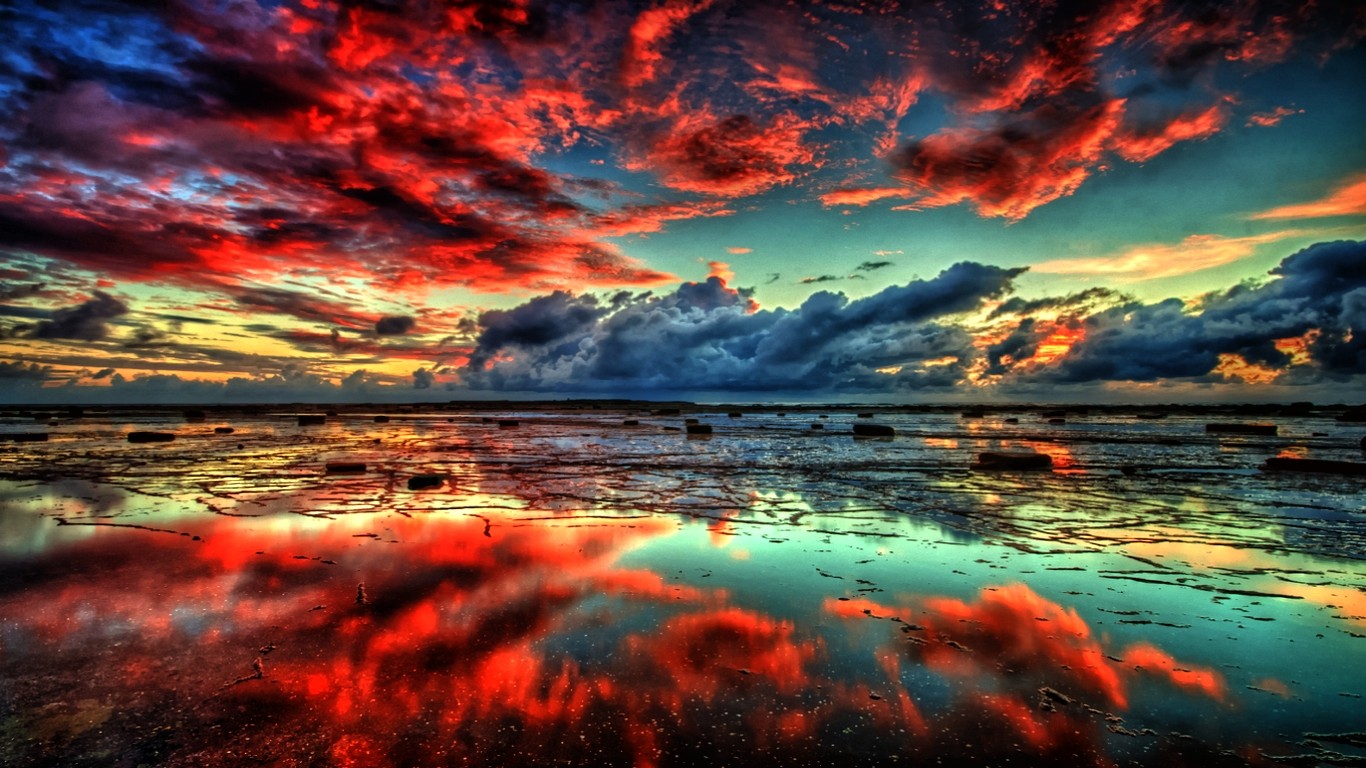
The are two main meanings for Landscapes, these are:
- the visible features of an area of land, the land forms and how they integrate with natural or man-made features
- to an example of the genre of Landscape painting that depicts such views of an area of land.
These two definitions tell us that a landscape geographical elements that makes up an area of land. Elements may include waterfalls, tress, woodland, oceans and many others. However landscapes does not only have to be formed by natural elements it can also be made by man made features and many modern day photographers capture images of urban landscapes situated in towns or of architecture which makes up a piece of land.Combining both their physical origins and the cultural overlay of human presence, often created over millennia, landscapes reflect a living synthesis of people and place that is vital to local and national identity. The character of a landscape helps define the self-image of the people who inhabit it and a sense of place that differentiates one region from other regions. It is the dynamic backdrop to people’s lives. Landscape can be as varied as farmland, a landscape park, or wilderness.
Below is a variety of natural,urban and original landscapes:
The history of Landscape photography
The history of landscapes goes way back through time when Artists started painting landscapes in ancient times. The Greeks and Romans created wall paintings of landscapes and gardenscapes. After the fall of the Roman Empire, the tradition of depicting pure landscapes declined, and the landscape was seen only as a setting for religious and figural scenes. This tradition continued until the 16th century when artists began to view the landscape as a subject in its own right. The artistic shift seems to have corresponded to a growing interest in the natural world sparked by the Renaissance.
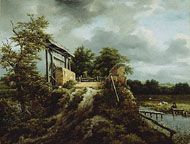
|
Bridge with a Sluice, Jacob van Ruisdael, 1648–1649
|
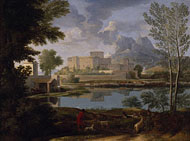
Landscape with a Calm, Nicolas Poussin, 1650–1651
The term ‘landscape’ originally comes from the dutch and then was developed in the netherlands were it became a popular subject for painting. By the 17th century the emergence of classical landscape was seen, In a classical landscape the positioning of objects was contrived; every tree, rock, or animal was carefully placed to present a harmonious, balanced, and timeless mood. The classical landscape was perfected by French artists Nicolas Poussin and Claude Lorrain.

Classical Landscape with Figures and Sculpture, Pierre-Henri de Valenciennes, 1788
During the 18th century, Italy continued to be a popular source of inspiration for landscape artists. Then Engalnd and france became popular withlandscape art. The 19th century held many milestones for the history of landscape art. As the Industrial Revolution altered the traditions of rural life, the old hierarchy of subjects crumbled. This era was also the era that saw the birth of landscape photography which greatly influenced the ways artists painted.
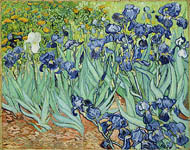
Irises, Vincent van Gogh, 1889
As photography in the 20th century gained acceptance as an art form, artists used the medium to create interpretations of the land through pictorialist effects and, later, through formal compositions of close-up, cropped views of the landscape. In America, photographer Ansel Adams captured the country’s attention with his breathtaking views of the wild beauty of the American West.
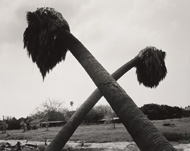
Ontario, California, Robert Adams, 1983

Ansel Adams
